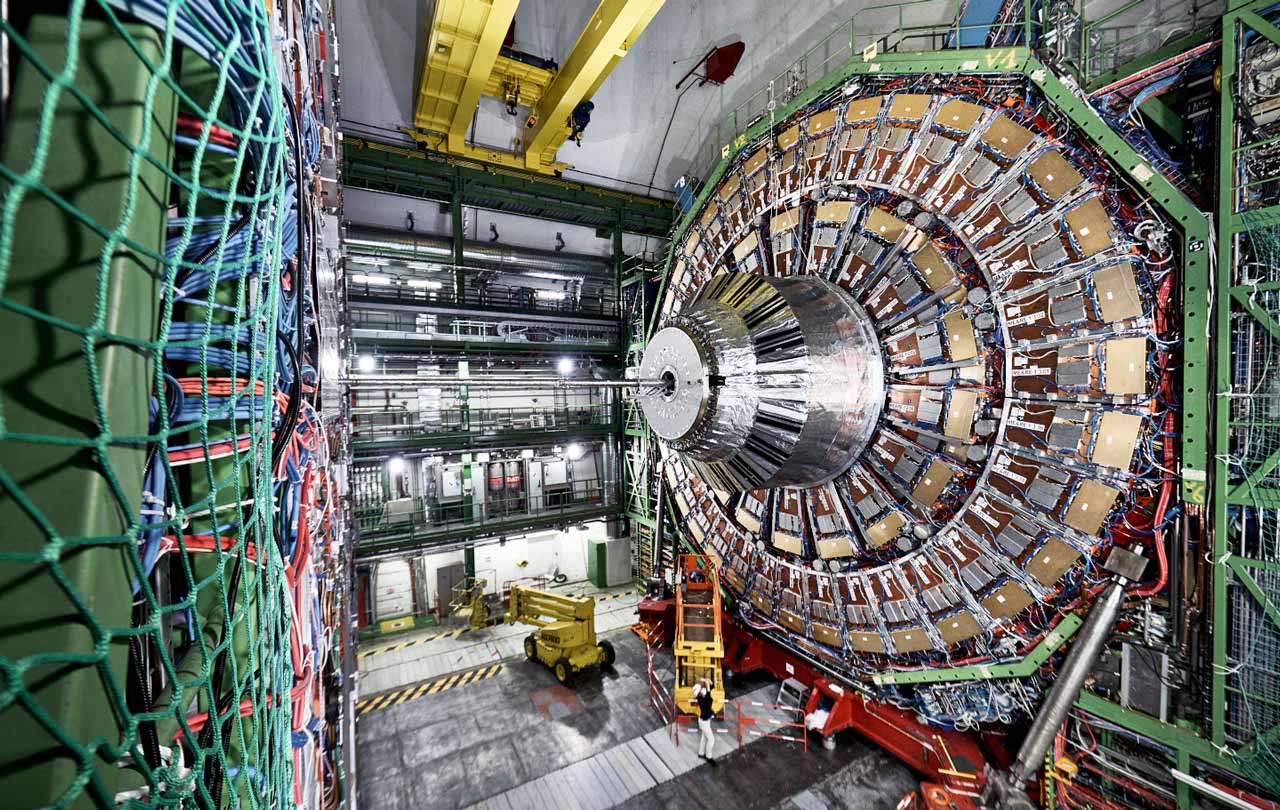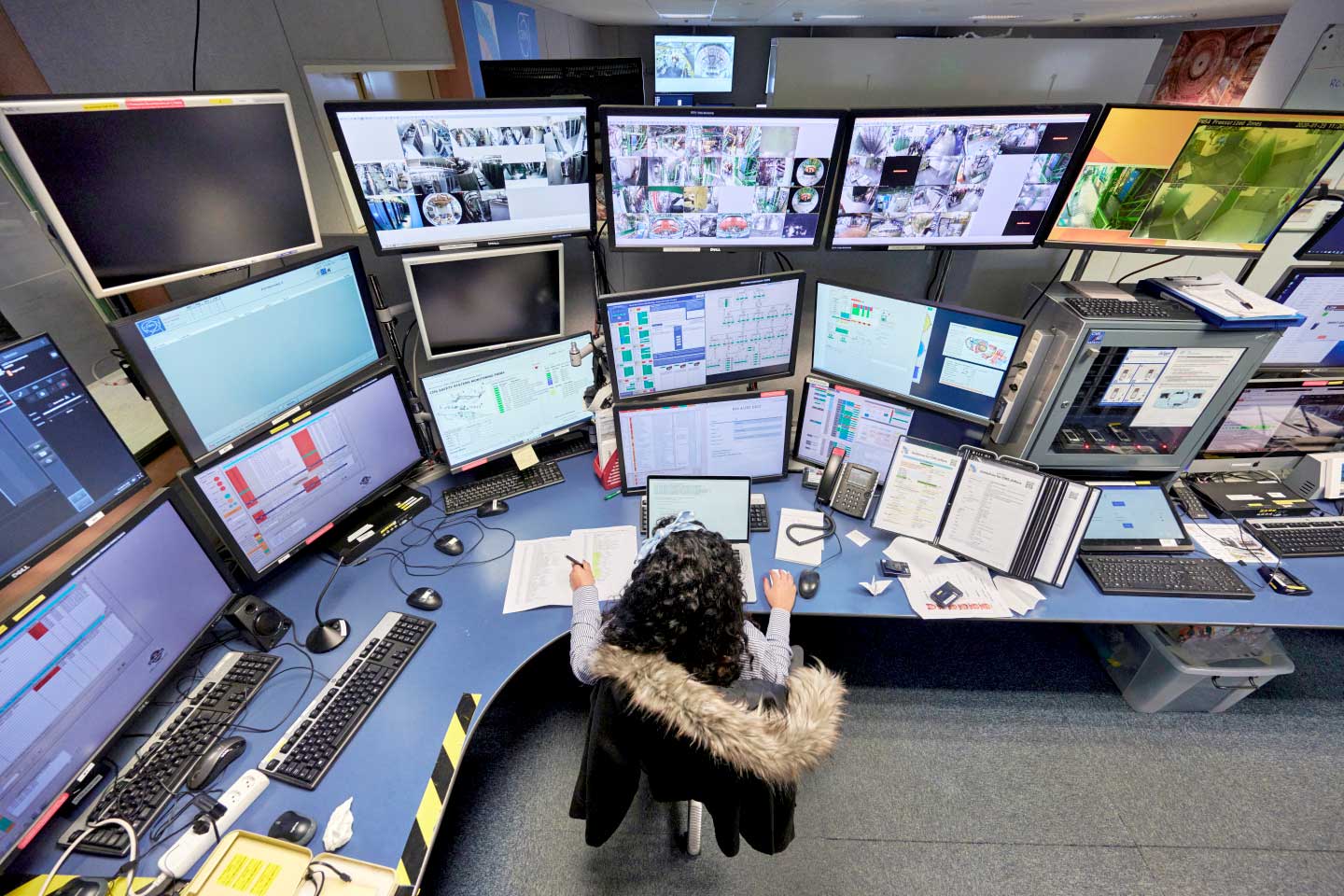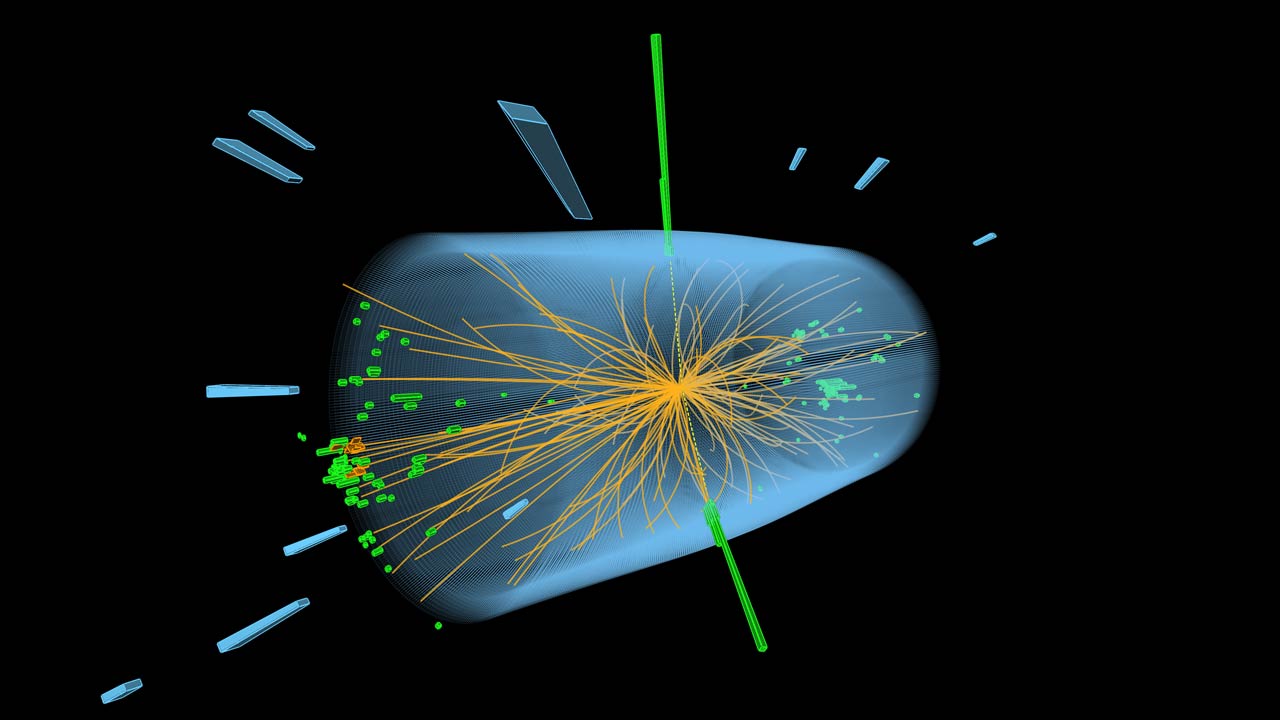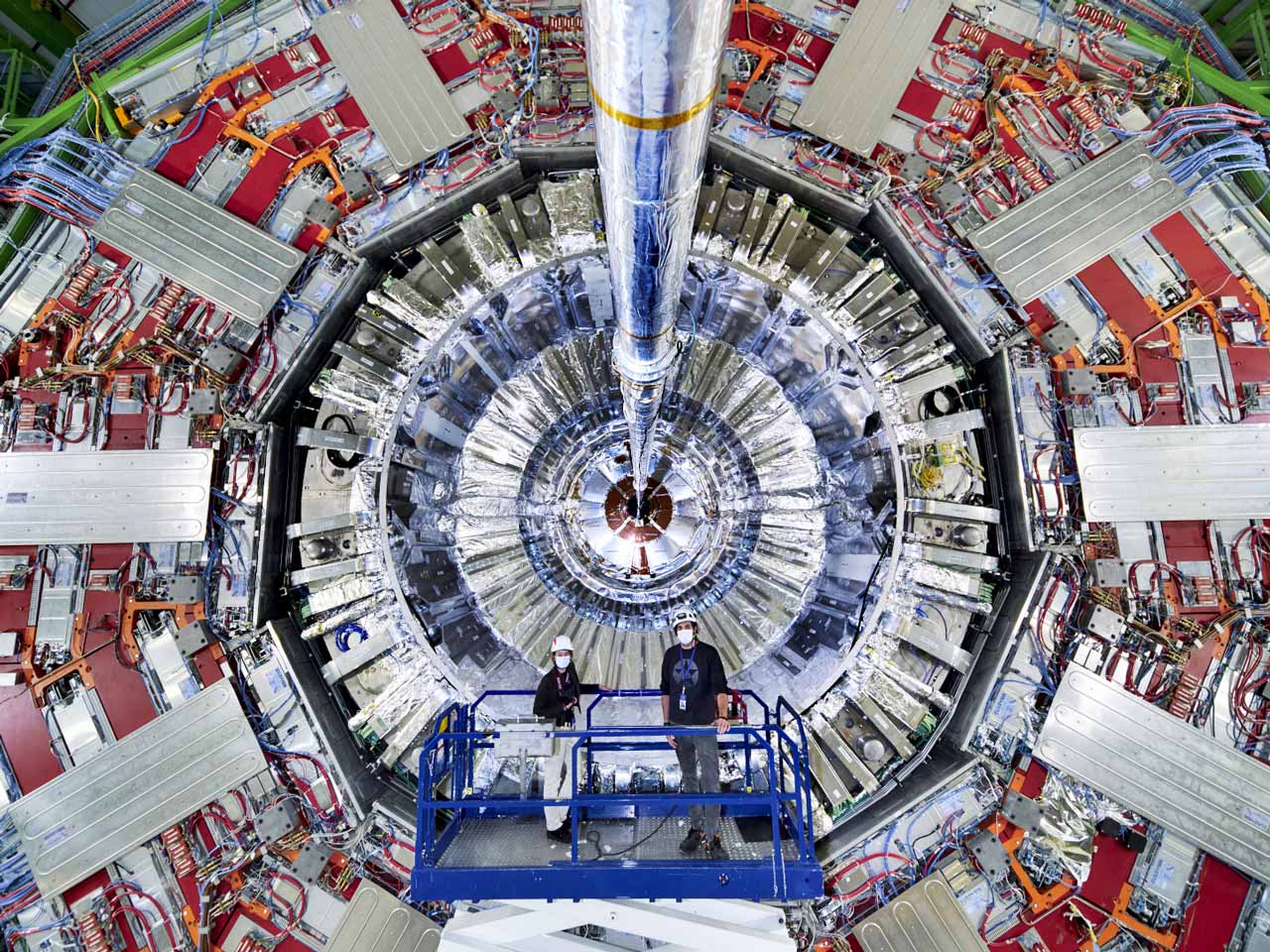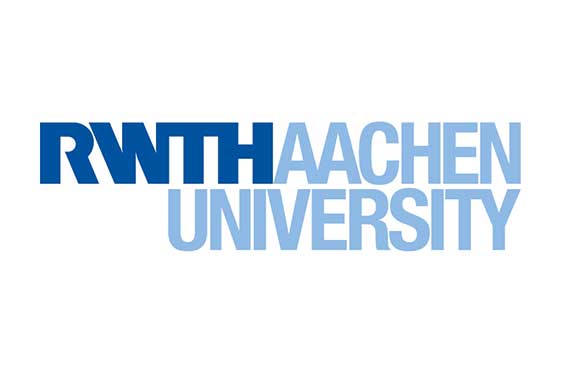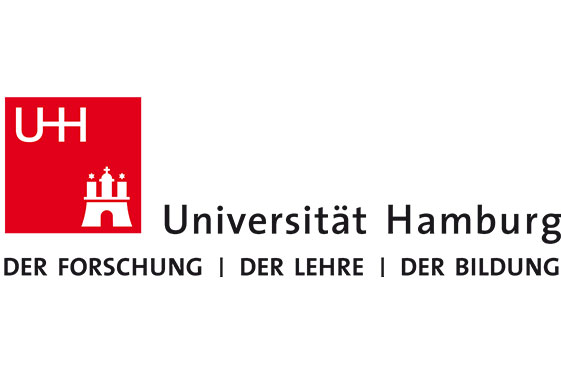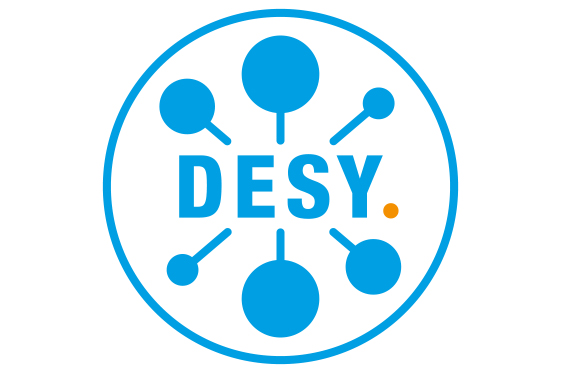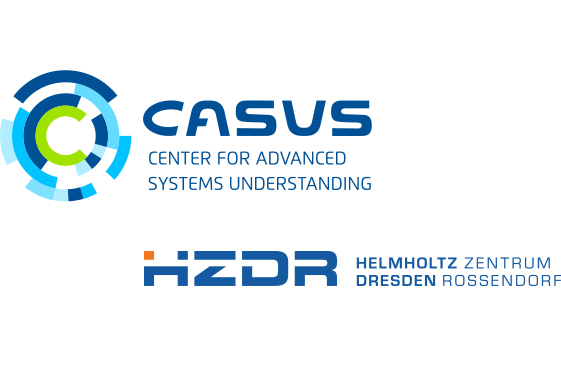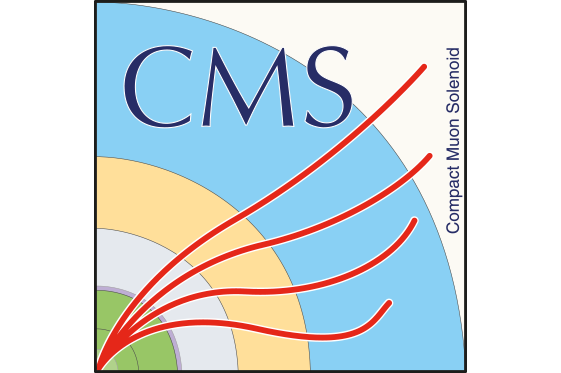
Particle physicists from Germany are using the CMS detector as part of the CMS Research Priority Program (FSP CMS) to research fundamental questions about the nature of the universe and matter: What are the properties of the Higgs boson? Are there new, exotic particles? What are the properties of the top quark? What is the behavior of the weak and strong interaction?
All of these questions are being investigated by the researchers with the help of the latest detector technology, some of which is being developed at the German institutes as part of the FSP CMS.
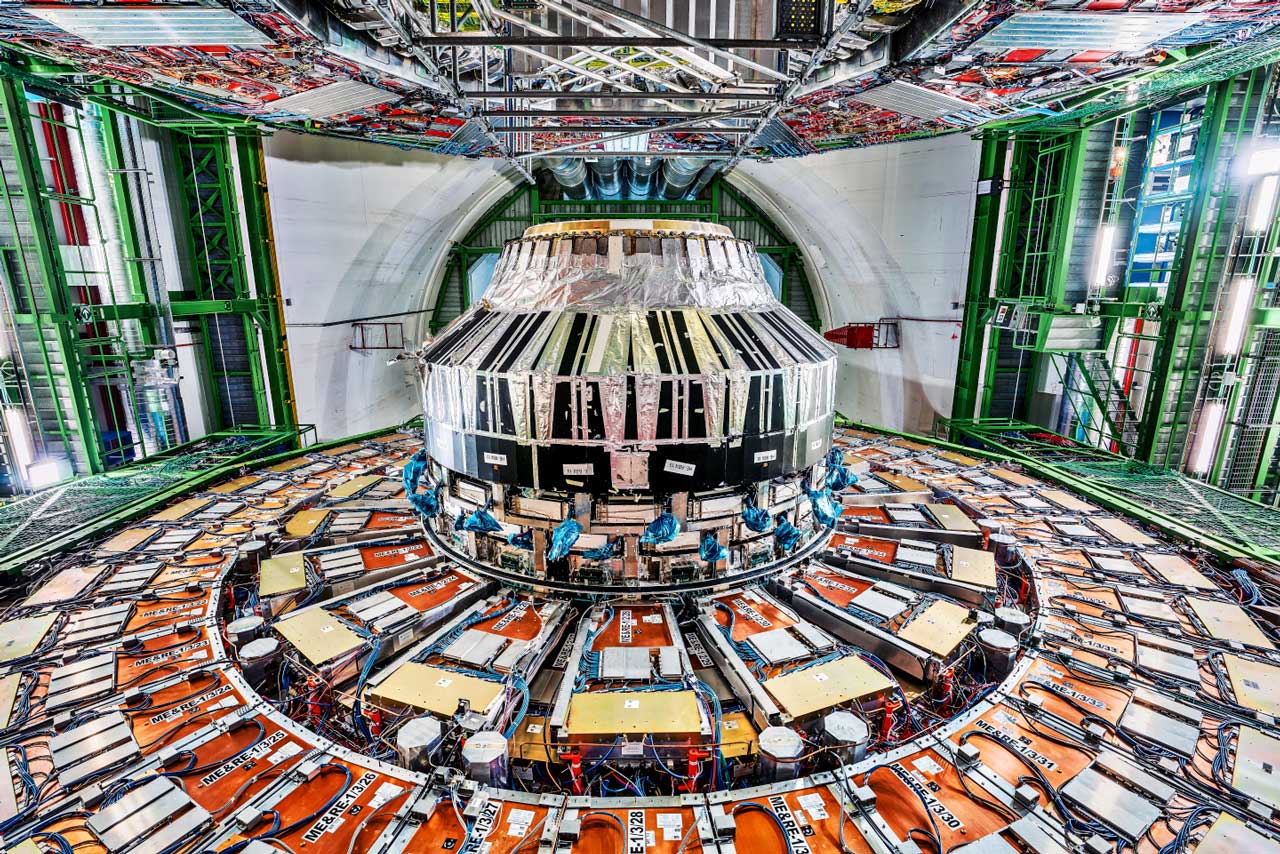
The CMS Detector
The 14,000-ton CMS detector is able to detect and precisely measure the particles produced in proton-proton collisions. The detector is made up of several sub-detectors, which are arranged in layers and cylindrically around the collision point. In the process, each individual sub-detector is assigned a specific task. This means that the particles can not only be identified, but their trajectory, impulse and energy can also be accurately analyzed. The cylindrical arrangement means that only a few particles leave the detector unobserved. This allows the scientists to record a picture of the particle collisions that is as complete as possible.
The huge solenoid magnet, which generates a field strength of 3.8 Tesla, is a special feature of CMS. It encompasses several of the detector layers, which allows for particularly high precision when measuring the energy, the transverse impulse and the trajectory of the particles.
The selection of the collision events that are of particular interest to the researchers is then carried out by a sophisticated system of algorithms known as triggers.
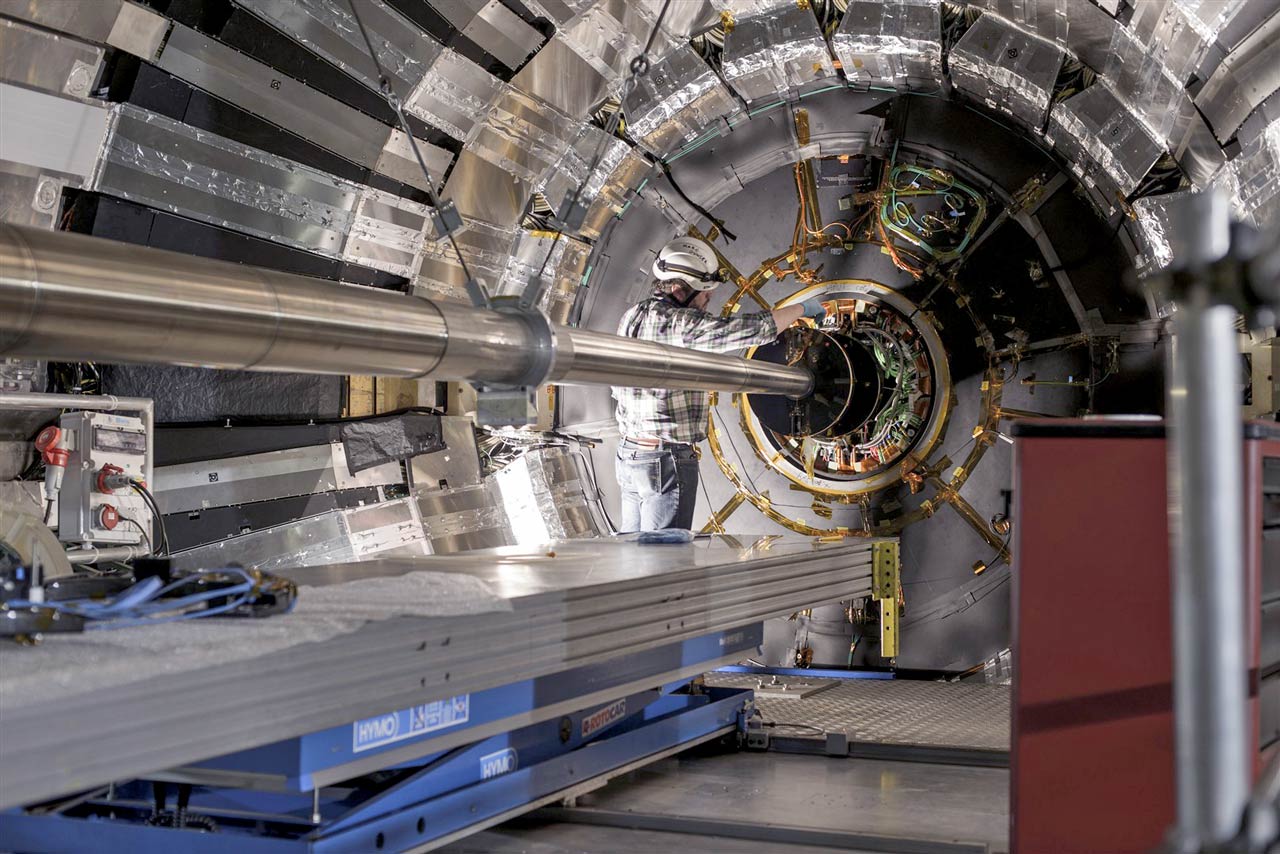
The CMS Experiment – Profile
Dimensions:
- 15 m height, 21 m length
- 14000 tons in weight
Location:
- Cessy, France
International Collaboration:
- 54 countries
- 241 institutes
- ~ 5500 employees
German Involvement:
- 5 institutes
- ~ 260 scientists
- > 100 doctoral candidates
- ~ 300 completed doctorates
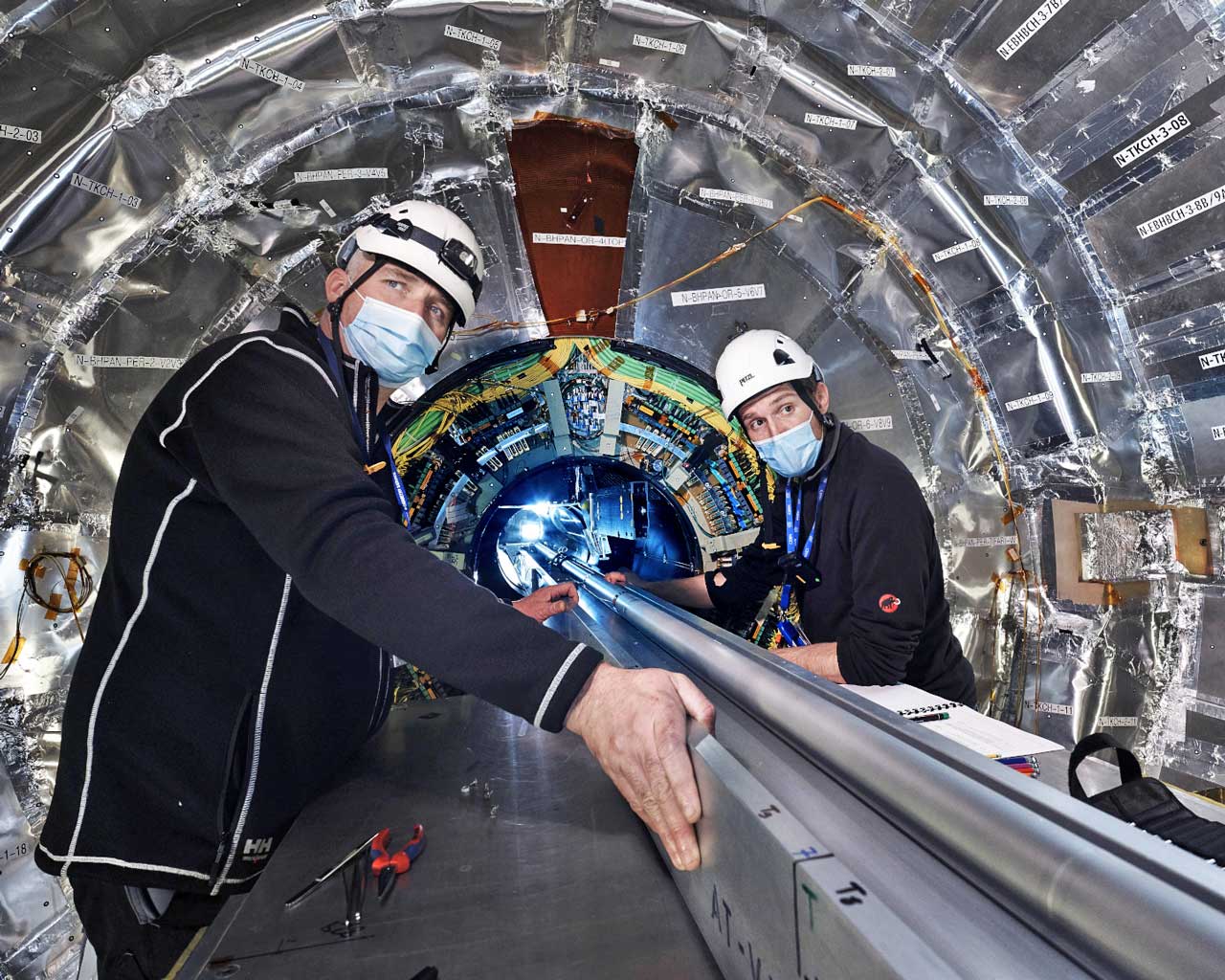
The Upgrade
The CMS detector has been able to record an amount of physical data never seen before since the LHC was commissioned. This treasure trove of data has finally made it possible to detect the Higgs boson, which was predicted decades ago. Yet this significant discovery represents only the beginning of a long and exciting research journey. The LHC was modernized in a multi-year renovation phase from 2019 to 2022 with the aim of producing even more exciting collision events and thereby increasing the potential for further discoveries. The LHC has been back in operation with higher energy since July 2022.
Time for a New Detector
In just a few years, the next major modernization of the Large Hadron Collider will take place. The largest particle accelerator in the world will be upgraded to the "High-Luminosity LHC (HL-LHC)" starting 2026. This upgrade aims to significantly increase the collision rate with a view to obtaining even more data. The further development of the accelerator ring, however, also calls for a comprehensive upgrade of the CMS detector. CMS requires greater precision, readout speed and radiation resistance so that data can continue to be recorded reliably under the new conditions of the HL-LHC. Renovating such a large detector is, however, something of a mammoth project that can only be realized through international collaboration. This is why the scientists are already making all the preparations for the upgrade. The German CMS groups are playing a pivotal role, especially in the construction of the outer end caps of the pixel detector.
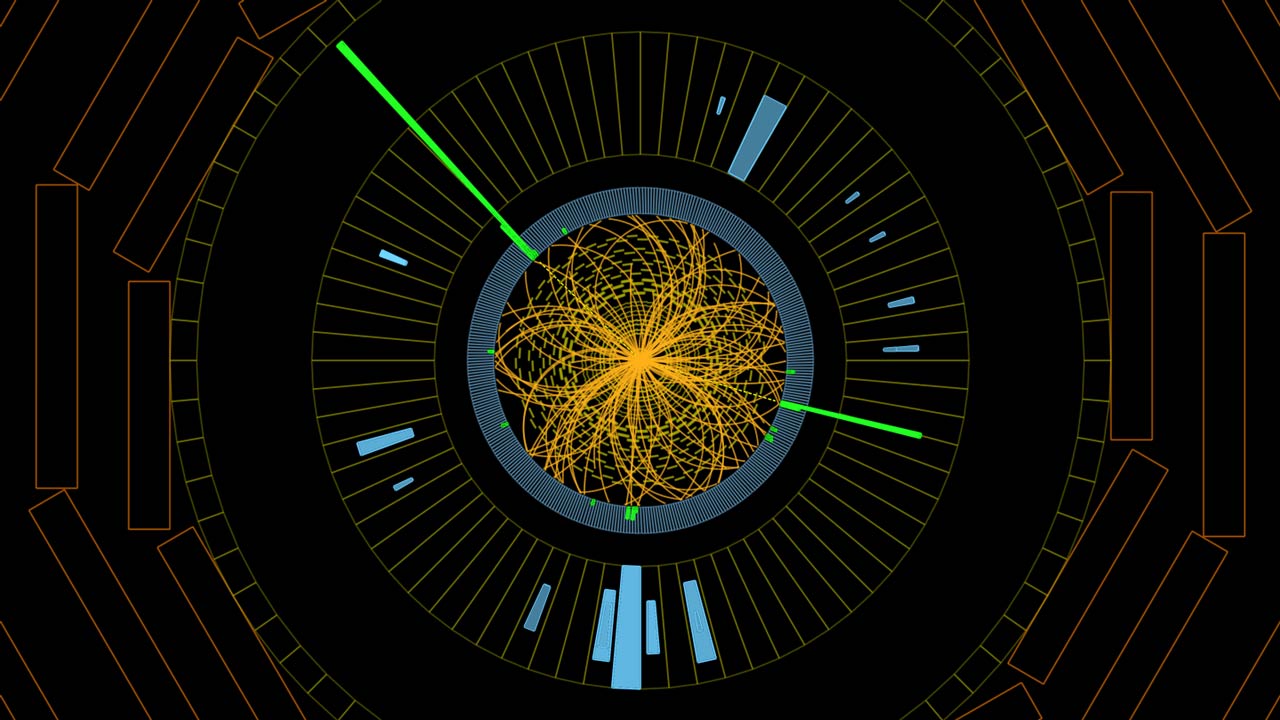
Current Research Issues
CMS is a particle detector used to investigate a wide range of physical phenomena. This involves comparing the physical processes recorded in the detector with the theoretical predictions of the standard model of particle physics for the purpose of finding out at which points the model is flawed or needs to be supplemented by further theories.
The research groups brought together in the FSP CMS focus on research issues in the following areas:
- Investigating the properties of the Higgs boson
- Searching for supersymmetric and other exotic particles
- Measuring the properties of the top quark
- Precise measurement of the properties of the electroweak interaction
- Effects of quantum chromodynamics
The CMS experiment requires highly specialized software and hardware to investigate these matters, with German institutes playing a key role in the further development, particularly in the field of silicon detectors and muon drift chambers, as well as in the area of high-level triggers and grid computing.

BMBF Research Priority Program CMS
Scientists from five German universities and non-university research institutions are participating in the CMS experiment. They are supported by the Federal Ministry of Education and Research (BMBF) through the establishment of so-called Research Priority Programs (FSPs). Researchers from RWTH Aachen University, the University of Hamburg, KIT in Karlsruhe, DESY in Hamburg and the CASUS Institute in Görlitz are collaborating in the CMS FSP.
The German research teams are involved in many different areas of the international CMS collaboration - from building the detector to conducting the experiment and analyzing the data obtained. German groups play a key role in the construction and further development of the CMS detector, particularly in the pixel and track detectors and the muon drift chambers. For instance, more than half of all modules of the new pixel detector were produced and tested in Germany. The German institutes will also fulfil a key role in the upcoming high-luminosity upgrade of the CMS detector - for example in the construction of additional modules for the tracking system. What's more, the German researchers are working on developing the high-level trigger system, which is responsible for selecting the data, as well as on the software and hardware of the international computing grid, which is needed for processing the data obtained. When it comes to analyzing such data, the German groups provide a significant contribution to measuring the properties of the Higgs boson, top quark physics and the search for new physical phenomena. Theoretical physicists from Germany deliver the basis for research with the CMS experiment with precision predictions on the interactions in and beyond the standard model.
Impressions from the CMS Collaboration
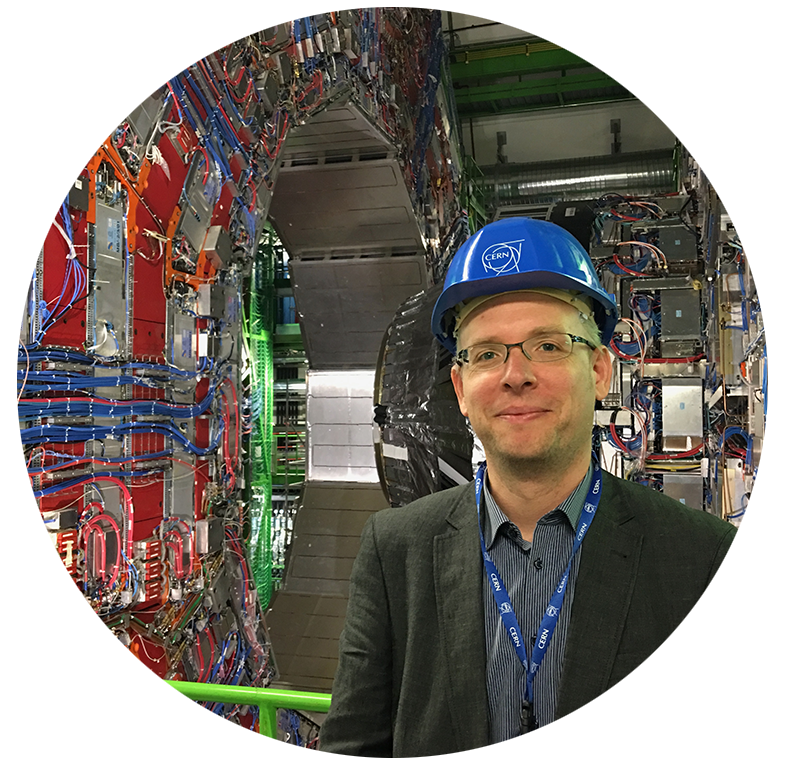
Speaker of the CMS Research Priority Program
"Preparations for the future High-Luminosity LHC and the Phase 2 upgrades of the CMS experiment are well underway. Large parts of the CMS detector are being completely redeveloped and built with major contributions coming from German institutes. This will herald a new era in particle physics in a few years‘ time, which we hope will lead to fundamental new insights into the structure of matter and the universe."
Prof. Dr. Alexander Schmidt
Professor of Experimental Physics
RWTH Aachen University

